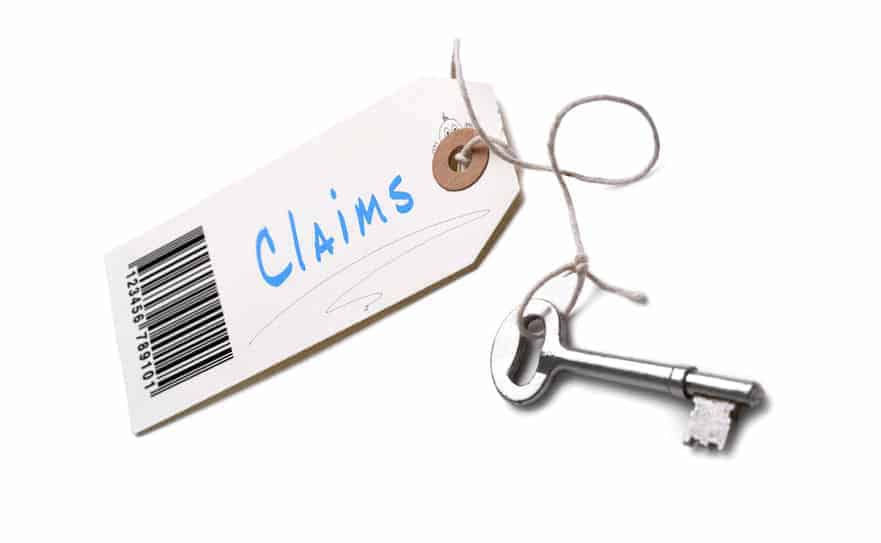How to Spot Common Medical Billing Fraud
Billions of dollars: that’s how much the federal government and private insurers lose every year because of medical billing fraud. Yes, some of it is unintentional because of a billing mistake or poor practice workflow. But the large majority of medical billing fraud is done intentionally, and can result in criminal charges or even civil suits. That type of fraud takes months if not years to be detected. Here’s some of the ways that medical billing fraud can be categorized.
Common Types of Medical Billing Fraud
Excessive Billing
Insurers usually will have solid information on a facility’s size, and therefore a red flag may go up once they start getting an overwhelming number of bills from one practice. Insurers also should have demographic information on the area that the practice serves, which can be a good indicator of whether the number of submitted bills is questionable. Physician’s groups can also detect excessive billing because they know how long it would take to reasonably diagnose and treat any condition. One example would be if a practice submits an average of 75 claims per day. That would draw a red flag because of the physical impossibility of seeing that many people in a fixed amount of time, and would be an indicator of potential Medicaid fraud.
Upcoding
Upcoding is when a code is assigned for a more severe condition than the reality of the patient’s health. In theory, it would allow a practice to increase their revenue because insurers will pay more for the more serious diagnostic code. In reality, the Office of Inspector General keeps a list of codes that are ripe for upcoding, and may audit a practice that submits claims that sound suspicious. Should the audit show irregularities, the practice can be heavily fined.
Improper Documentation
Especially when unintentionally done, falsified records are extremely difficult to detect because many types of claims are submitted to an insurer without medical records. This allows providers that understand insurer practices to increase their reimbursements without getting an audit triggered — even when knowing that altering medical records to increase the claim is illegal, it is also illegal to intentionally omit critical information, and it’s illegal for a coder to change the code on a claim to increase the reimbursement.
Excessive Patient Services
Another common type of medical fraud is charging an insurer for more services than what the patient needed, including unnecessary services and charging for services that were not performed during a visit. Intentional charges can be difficult to detect if they occur as the result of overall poor billing practices. Health care practices should have processes in place that can capture the charge for each service, but unfortunately that is not always the case.
Non-Covered Service Billing
One example of this: A doctor provides a treatment that may be considered experimental and not approved by an insurance provider. They still submit the claim forms, and then get paid for the treatment. The issue: the claim submitted calls the experimental treatment something else that then becomes covered. They also submitted claims for multiple visits when only one sufficed.
Dates of Service
A medical provider could make additional money by reporting that they visited with or treated the same patient on two days rather than one day because each office visit, then, is considered a separate service. Even if the services conducted are actually provided, because the dates are false, it is medical billing fraud.
Locations of Service
For this theory, a practice could give a patient a set of injections to lessen an allergy, whether it be food or airborne. The injections would be then done twice a week; and the practice could try to submit bills that says each injection was done at the office instead, in reality, the patient took care of the injections at their home. Self-injection is not a reimbursable expense.
Provider of Service
Scary, but true: Sometimes, a claim is submitted and signed by a medical doctor but in reality, a different person with a lower level of medical training was the one who handled the patient. In these cases, the affect insurance companies would still pay for the care, even with provided by a lesser-educated therapist.
Waiving Deductibles and Co-Payments
You wouldn’t complain if you were told there wasn’t a payment needed for a medical procedure, right? Realistically, few people would. Most may appreciate it when being able to walk out of the medical office without having to pay for a procedure. The reality is that most government health care plans and insurance companies do not allow for providers to waive a deductible or co-payment, then seek reimbursement for it. Any fraud examiner, investigator or auditor should be able to note that a medical facility’s financial records will show the payment — or lack of — that results from a co-pay or deductible.
Want a Free Billing Audit?
Talk to a Med USA Billing and Compliance Expert Today!



